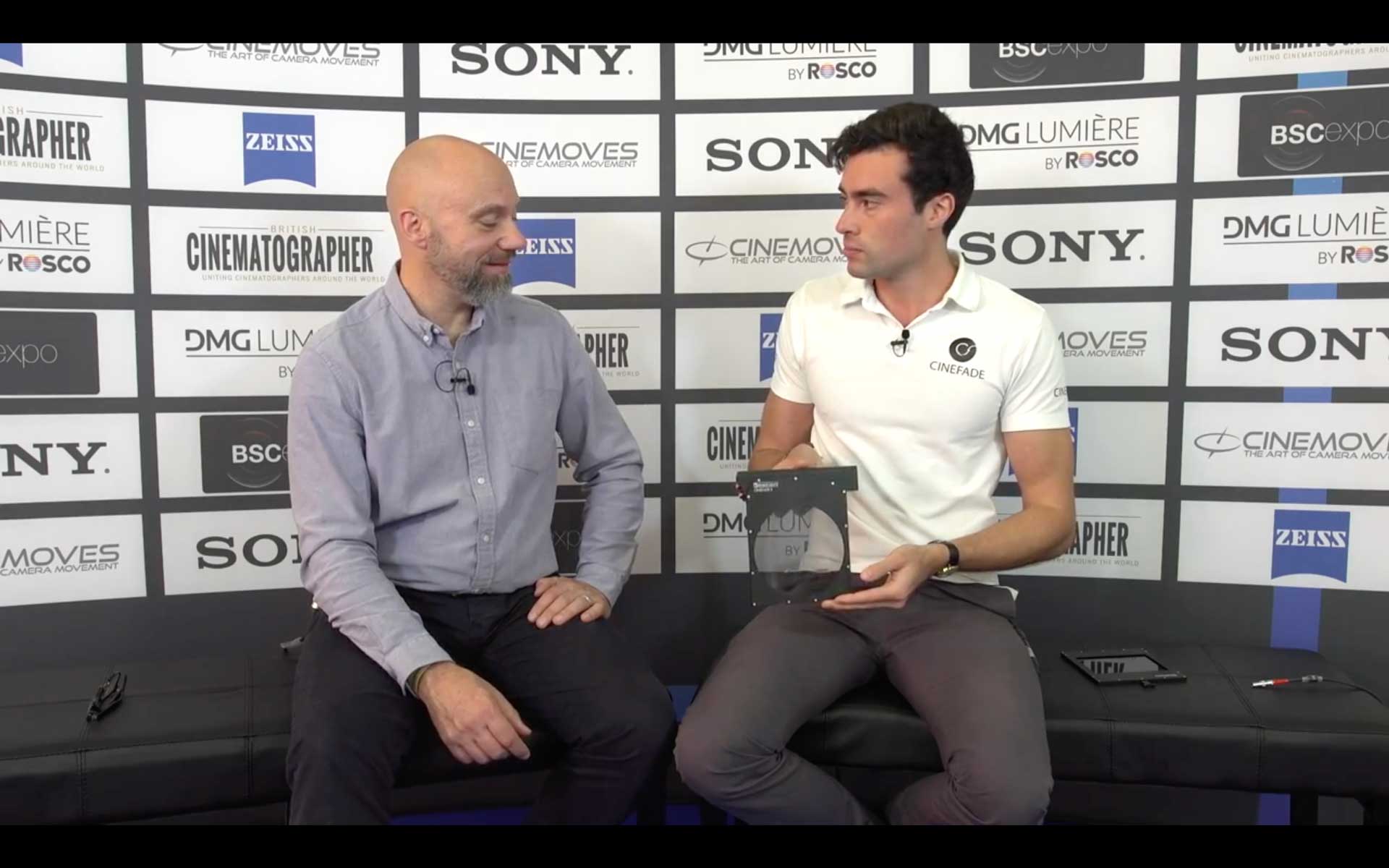Shooting on Sony Venice Cameras at 6K 17:9 with the new large format Leitz Prime lenses, the Cinefade enables Director of Photography Balazs Bolygo BSC, HSC to transition from a very shallow depth of field at T1.8 to a deep depth of field at around T8, a Cinefade of more than 4 stops. In the end, two distinct scenes made it into the final cut…
Read MoreCinematographer Shane Hurlbut ASC gives us a behind the scenes look of his newest feature film Tall Girl 2, available to stream on Netflix now. We analyse the Cinefade scenes and get a brief insight into Hurlbut's creative process of using our novel storytelling tool.
Read MoreThe Sony FX6 and FX9 take the electronic ND feature one step further with bokeh control, which essentially allows operators to mimic the Cinefade variable depth of field effect. The aim of the bokeh control is to automatically change the built-in electronic variable ND filter to maintain a constant exposure when opening up or closing down the aperture.
Read MoreThe Cinefade variable depth of field effect is known as a creative storytelling tool that is often used as a visual effect to accentuate a particularly dramatic moment. The Cinefade system can however also be used as a practical tool to make the DP’s and AC’s job on set easier.
DP Kevin Fletcher used the Cinefade system on a complicated tracking shot to aid his 1AC in achieving critical focus. Starting on an extreme close-up, the depth of field was kept broad to increase the likelihood of maintaining perfect focus. As the camera tracked backwards to a wide shot, the Cinefade was used to imperceptibly decrease depth of field in order to maintain the shallow depth of field look and communicate the character’s sense of isolation.
Read More“We used this tool called the cmotion Cinefade. It’s a motorized variable ND filter that you sync to the iris so we could effectively pull depth of field. It’s quite extreme. You could pull five stops of depth of field. So we could go from a T8 to a 2. That thing kind of lived on the camera. There were times where we’d say, “It’s too much. Let’s look at it at a 5.6.” So you set the iris to a 5.6, the VariND compensates and now you’re looking at the same scene but with less depth of field. So, it was nice to be able to use focus and iris as a storytelling tool instead of just an exposure tool.” - Erik Messerschmidt ASC
Read MoreBruno had a revelation when he realised that he is able to also play with the depth of field and change it in shot: Starting the scene with a very deep depth of field and as the scene gets more intense he is able to gradually transition to a shallow depth of field.
Read MoreFocus and depth of field play an incredibly important role in the cinematography of ‘Mank’ and we are excited for you to see how DP Erik Messerschmidt utilised the Cinefade VariND to help craft the look.
Read MoreIn the past, Cinematographers have always been limited to choosing a depth of field that stays consistent throughout the shot. A variable depth of field that creates a sort of focus blur or background blur effect has vast creative applications and the potential of becoming a must-have feature for Lens Control Systems (LCS).
Read MoreDavid wanted to gradually transition from a deep depth of field to a shallow depth of field in one shot to blur the background and isolate the foreground subject. This draws attention to the depth of field effect and communicates to consumers the capabilities of the P10 phone and the artistic value that the feature offers.
Read MoreTracking shots at a shallow depth of field in which the camera tracks closer to the subject are notoriously hard for focus pullers to keep sharp, especially if the subject is also moving. A variable depth of field can be used to extend the depth of field when tracking towards the subject to give the focus puller a better chance of nailing critical focus.
Read More





























